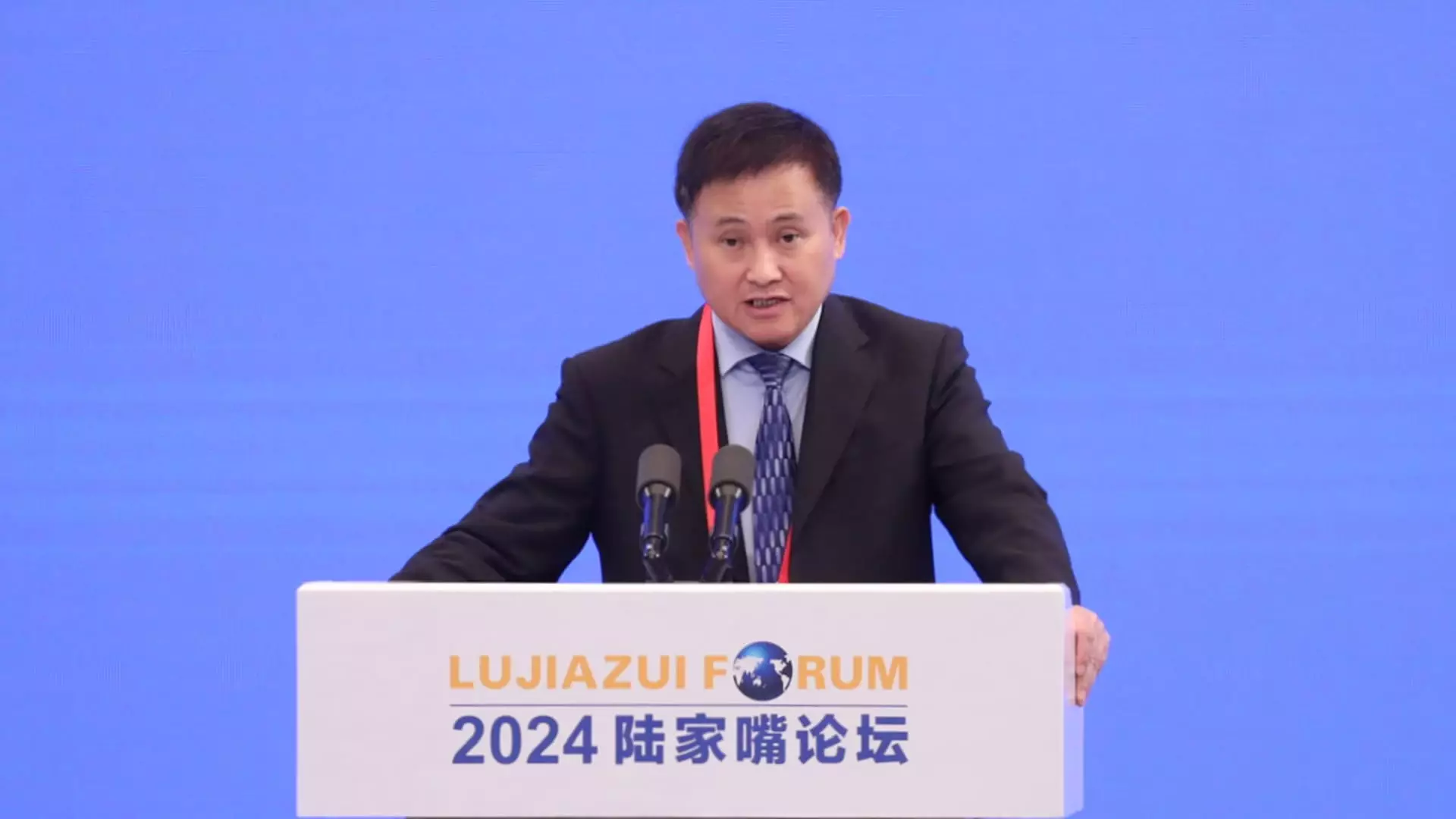China’s central bank is poised to make significant adjustments to its monetary policy in a bid to stimulate economic growth, as indicated by recent statements from the People’s Bank of China’s (PBOC) Governor, Pan Gongsheng. During a high-profile press conference, he detailed plans to reduce the reserve requirement ratio (RRR) for banks—an important measure that dictates the amount of cash banks must hold in reserve, thus influencing their capacity to lend.
The decision to lower the reserve requirement ratio by 50 basis points aims to enhance liquidity in the banking system. This measure would allow banks to free up more funds for lending, thereby promoting consumer spending and business investment. The timing of this cut is yet to be disclosed, but Pan has indicated that it will occur in the near future. Furthermore, he hinted at the possibility of additional cuts between 0.25 and 0.5 basis points by year-end, suggesting a proactive approach to encourage economic activity.
The RRR is a crucial tool the PBOC employs to control the flow of money within the economy. When the ratio is lowered, banks can lend more, which can spur growth, especially in times of economic uncertainty. The challenges facing China’s economy, including sluggish growth rates and low consumer confidence—exacerbated by a troubled real estate market—underscore the urgency of these measures.
In conjunction with the RRR cuts, Pan announced a reduction in the 7-day repo rate by 0.2 percentage points. A lower repo rate generally indicates a lower cost of borrowing for financial institutions, which can trickle down to consumers and businesses. During the press conference, economic response was tangible; as Pan spoke, the yield on China’s 10-year government bond dropped to a historic low of 2%. This rate decrease often reflects increased demand for bonds, indicative of a risk-averse market behavior, and suggests investor concerns about economic outlook.
Pan also pointed to a potential future decrease in the loan prime rate (LPR), a benchmark for loans that affects corporate and household lending. While he didn’t specify the timeline or whether it referred to the one-year or five-year rate, this mention highlights the PBOC’s strategy to adapt measures that reflect both domestic economic conditions and global influences, such as actions taken by the U.S. Federal Reserve.
Interestingly, the press conference also depicted a broader picture of the interconnectedness of various regulatory bodies in China. The monetary policy set forth by the PBOC is complemented by overall government economic strategy, aimed at fostering growth and stability. Recent discussions at high-level meetings have emphasized the necessity of meeting growth targets and stimulating domestic demand, a move reflecting China’s drive towards self-sustained growth amid shifting global conditions.
The response of the PBOC has been measured, as it navigates external pressures while facing internal economic challenges. Holding its loan prime rates unchanged despite the recent interest rate cuts by the Fed demonstrates a cautious approach to maintain stability in the financial system while remaining geared towards stimulating economic activity.
As Pan Gongsheng continues to guide the PBOC, his tenure signals a deliberate shift in policy responses helping to shape China’s economic landscape in a turbulent time. While the immediate effects of the planned reserves and interest rate adjustments remain to be seen, the broader implications for credit availability and economic growth are significant.
Moving forward, investors, analysts, and policymakers alike will be closely monitoring these developments, interpreting each adjustment not merely as a standalone maneuver but as part of a calculated strategy aimed at reinvigorating the Chinese economy amidst ongoing domestic and global challenges. The PBOC’s approach highlights the complexity of modern monetary policy, particularly in a multifaceted economy navigating the delicate balance between growth and stability.

